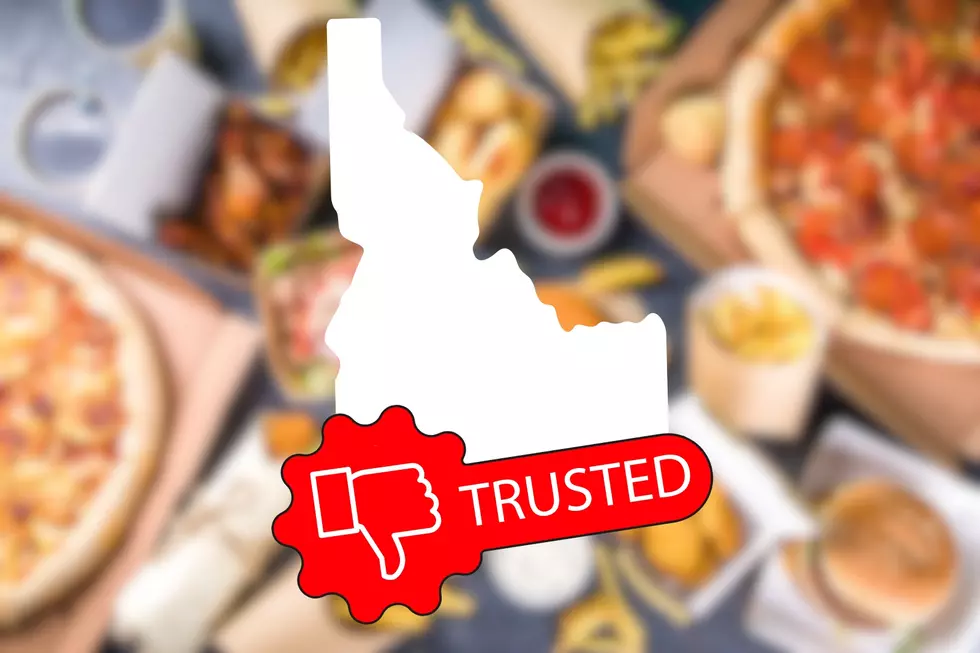
Idaho’s Most Devastating Natural Disaster Was Caused By Thousands of Grasshoppers
Depending on how long you've lived in Idaho, you can probably remember all sorts of natural disasters involving everything from volcanoes to earthquakes to floods but this disaster? Well, it was creepier and crawlier than some of those.
According to the latest census data, Idaho is NOT actually the fastest growing state in the country but it's pretty close. It's actually second to Utah. The Treasure Valley continues to grow and depending on where you're moving from, adjusting to some of the natural phenomena that seems pretty common to natives be a bit of a shock. For example, I grew up in Ohio. Many of the worst natural disasters there were caused by blizzards, storm flooding and tornadoes. I don't know what do do with wildfires or earthquakes!
But wildfires (the Big Burn in 1910,) earthquakes (the 7.3 Borah Quake in 1983) and even volcanic ash (Mount St. Helens 1980) are among the worst natural disasters in Idaho history. However, those events weren't considered the most devastating natural disaster in Idaho...at least according to The Active Times.

According to their list of the most devastating natural disaster in each state, Idaho experienced a grasshopper infestation of biblical proportions in 1985. While a handful of Western States were impacted by what some called "the plague," the Gem State was hit the worst. The grasshoppers quickly started eating everything they came in contact with: corn, alfalfa, sugar beets and fields meant for cattle grazing.
Just how band was it? An archived AP Press article explained that just eight grasshoppers discovered in a single square yard of crops is considered a "severe infestation." Idaho farmers told the Chicago Tribune that at one point, they were seeing up to 1,800 grasshoppers per square foot on their crops. It was nearly impossible for farmers to keep up with spraying pesticide on their own, forcing them into a nearly impossible decision: accept losses due to damaged crops or continue to spend money on pesticides hoping to save enough of their product. In June of 1985, a Magic Valley based farmer told the Los Angeles Times it would cost him up to $15,000 for a flyover spray. With inflation, that would be the equivalent of $36,000 today.
Listen to Michelle Heart mornings on 107.9 LITE-FM and download the free LITE-FM app to win cash, up to $10,000 with the Payroll Payout!
And it wasn't just crops the grasshoppers were chewing through. An archived UPI article revealed that they were eating nylon stockings and curtains too.
The federal government ended up spending at least $25 million to help get the infestation under control. Many farmers blamed the government for letting the infestation get out of hand in the first place. Why? Because grasshopper eggs can only hatch in undisturbed land, something the Bureau of Land Management controlled a lot of in Idaho. Eggs laid on farms were destroyed during regular spring plowing.



